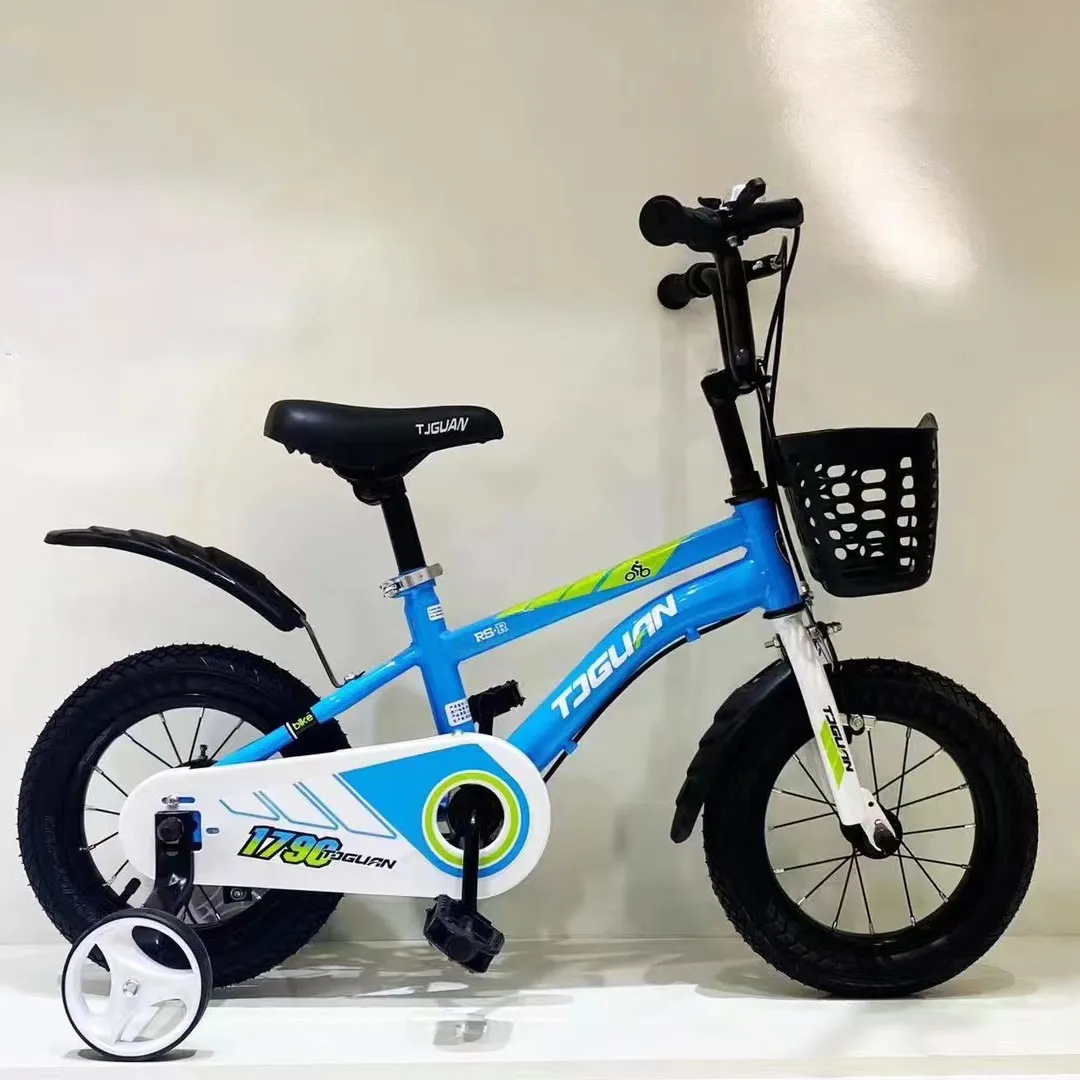balance bike for kids
The Importance of Balance Bikes for Kids A Guide for Parents
In recent years, balance bikes have become increasingly popular among parents and caregivers as a fundamental tool for teaching young children how to ride. Unlike traditional bicycles, balance bikes do not have pedals. Instead, they enable kids to focus on developing their balance and coordination before progressing to a pedal bike. This article explores the significance of balance bikes in a child's development, highlights their benefits, and provides tips for parents considering this exciting step for their little ones.
Understanding Balance Bikes
A balance bike is typically designed for children aged around 18 months to five years. With a lightweight frame, adjustable seat height, and easy maneuverability, these bikes are perfect for young children. Instead of relying on pedals, kids propel themselves forward using their feet while seated on the bike, allowing them to practice steering, balance, and braking. The simplicity of a balance bike encourages children to learn at their own pace without the fear of falling, as they can easily step off when they lose balance.
Benefits of Balance Bikes
1. Improved Balance and Coordination One of the most significant advantages of a balance bike is that it helps children develop their balance and coordination skills. As they practice gliding and steering, they naturally learn how to control their body movements. These skills are not only essential for riding a bike but also play a crucial role in various sports and physical activities as they grow.
2. Boosted Confidence Learning how to ride a bike can be a daunting task for many kids. Balance bikes provide a low-pressure environment for children to build their confidence. As they successfully maneuver their bikes, they gain a sense of achievement, which can encourage them to tackle new challenges, both on and off the bike.
3. Early Introduction to Cycling A balance bike serves as an excellent stepping stone to a pedal bike. Children who start with balance bikes often transition to a traditional bicycle more easily, usually requiring minimal assistance. This seamless progression can make the learning process smoother and less stressful for both kids and parents.
balance bike for kids

4. Physical Activity Encouragement In our increasingly digital world, promoting physical activity among children is more important than ever. Riding a balance bike encourages outdoor play and helps kids develop a love for movement and exercise. This active lifestyle fosters better overall health and establishes habits that can last a lifetime.
5. Social Interaction Riding a balance bike can also promote social skills as children bike together in parks, driveways, or around the neighborhood. They learn to share the space, take turns, and interact positively with their peers, nurturing important social skills at an early age.
Choosing the Right Balance Bike
When selecting a balance bike for your child, consider the following factors
- Size Ensure the bike is the right size for your child. They should be able to sit comfortably with their feet flat on the ground and easily reach the handlebars. - Weight A lightweight bike is easier for young children to control. Look for models that are easy for your child to lift and maneuver. - Adjustability An adjustable seat will allow the bike to grow with your child, ensuring they can use it for several years.
Conclusion
Balance bikes are an excellent investment for parents looking to encourage their children's physical development, confidence, and love for cycling. By focusing on balance and coordination in a fun and pressure-free environment, these bikes pave the way for a smoother transition to traditional bicycles. As children gain strength, balance, and independence, they will not only enjoy the thrill of riding but also carry valuable life skills and confidence into their future endeavors. Whether it’s gliding down the sidewalk or racing with friends, balance bikes unlock the joy of movement, making them a wonderful choice for young adventurers.
-
kids-scooter-tiny-olympic-games-scooterathlonNewsAug.22,2025
-
kids-scooter-waves-xingtai-zhongzhous-global-rippleNewsAug.22,2025
-
baby-tricycle-oem-legacy-zhongzhou-forgedNewsAug.22,2025
-
xingtais-twin-tricycle-revolution-siblings-ride-togetherNewsAug.22,2025
-
baby-tricycle-design-inspired-by-ancient-armorNewsAug.22,2025
-
nfc-chip-enabled-oem-baby-tricycle-trackingNewsAug.22,2025
-
The Perfect Baby TricycleNewsAug.11,2025








